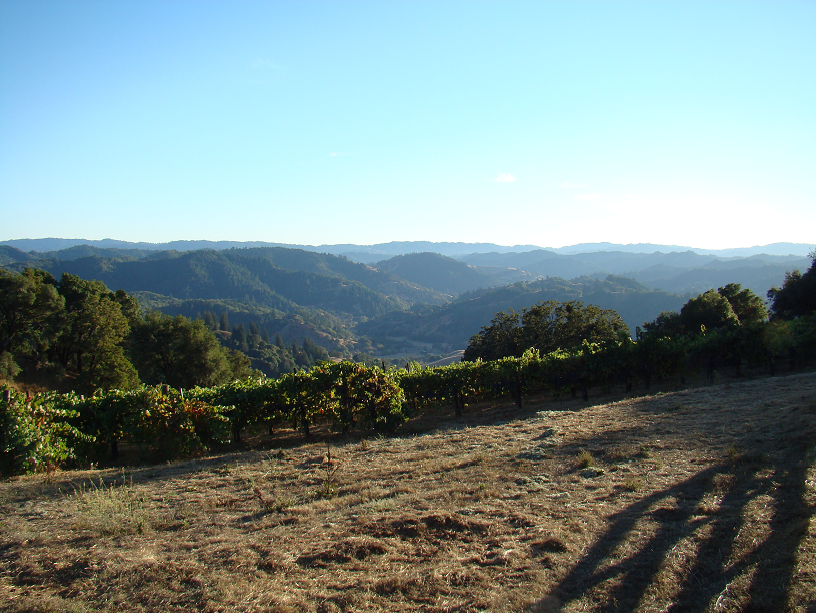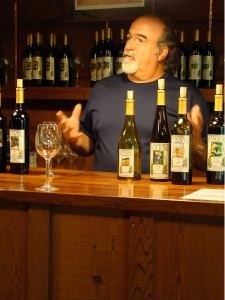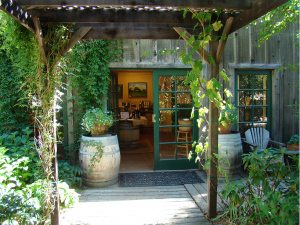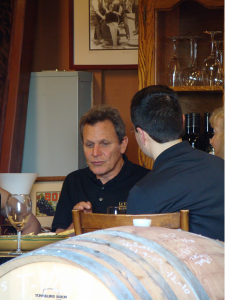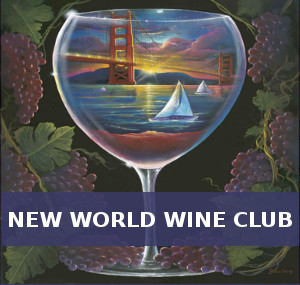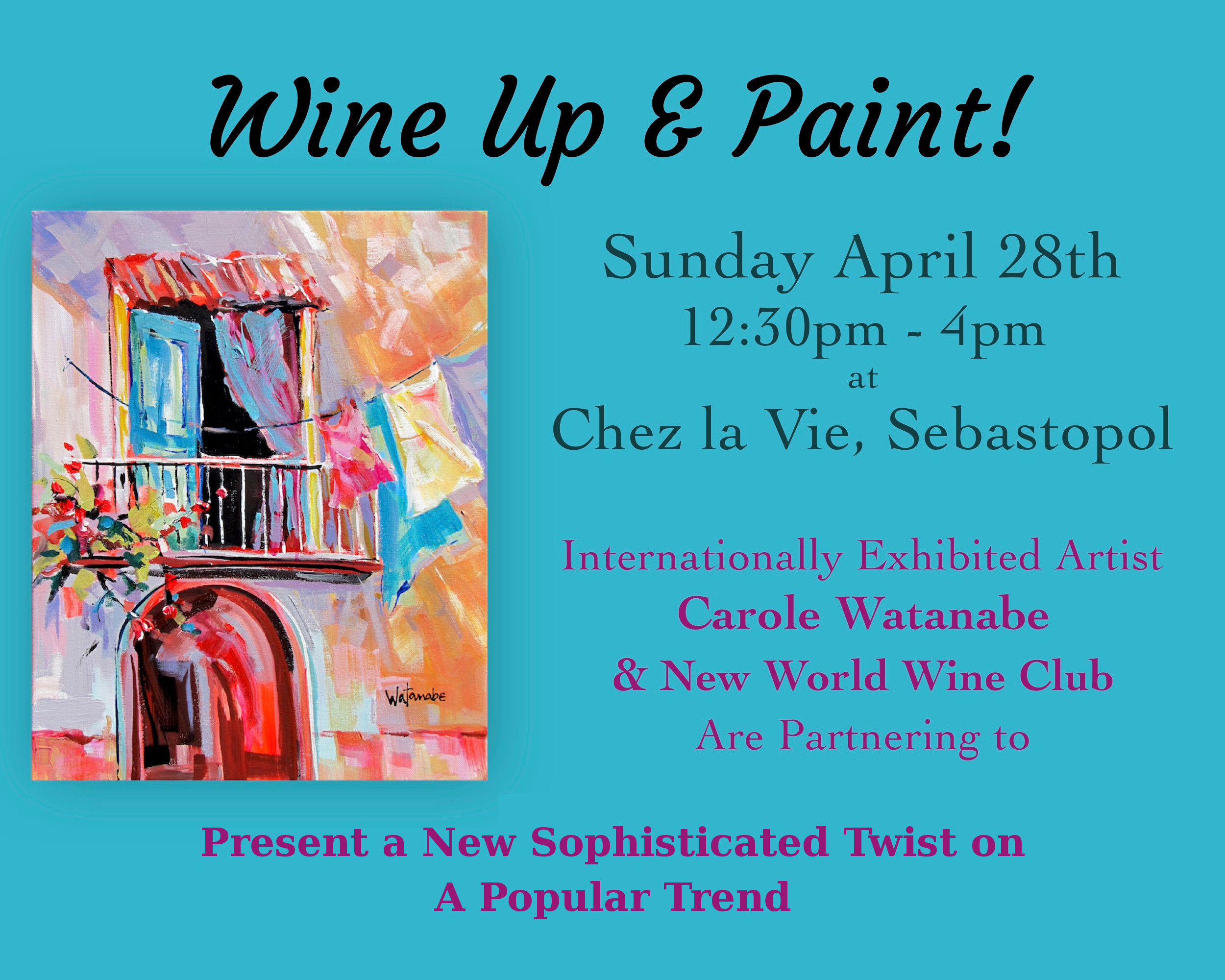Mendocino County, like any wine-growing region, has great variety to offer. There’s a range of personalities, philosophies, and, of course, wines to try. The old ad campaign of “Napa, Sonoma, Mendocino” never quite caught on, so there aren’t crowds to fight through. Nor is there any reason to feel like you’re on a winery conveyer belt, hopping from spot to spot. In a place like this, you can get to know the winemakers and the owners. You can simply relax and enjoy the scenery. Up here, there’s no rush. I spent the better part of two days in late September exploring the area, meeting winemakers and growers alike. Looking back on my visit, I must say, Mendocino has a particular vibe. People aren’t so wrapped up in business that simple things go by the wayside. They still really appreciate a good conversation, they appreciate a good time, and they appreciate just how bucolic the county is. This means, even with all their unique qualities, people are united by their willing to invest the time and energy into protecting the landscape.
In this three part series, we’ll delve a little deeper into the personalities, the green culture, and the wines that give Mendocino its many faces.
Part One: The Yorkville Highlands
The twists and turns of highway 128 cut a path through the Yorkville Highlands. This elevated terrain has a soft, quiet beauty that makes it easy to leave the hustle and bustle of the rest of the world behind. Up here, time isn’t definitive; the clock doesn’t command everyone’s day. People go about their business at a pace suitable for them, even if that means a trip to town uses up all the daylight hours. It’s here that I meet winemakers Tom Rodrigues and Eric Le Vin. Neither one is “on time” for our meetings. I can’t hold it against them, though. Schedules aren’t in their nature. They’re both artists at heart, and wine is simply another medium in which they love to work.
Tom loves to paint. His artistic efforts are displayed for admirers throughout the Maple Creek tasting room. Many of the portraits have to do with baseball, which one can tell is very near and dear to his heart, but he certainly doesn’t neglect his wine. Tom also uses his talents to create the images on his “Artevino” and estate wine labels. There’s only one painting that’s not Tom’s work. It sits behind the wine counter, unassumingly. If you meet Cindy there, ask her about what people think is going on. There are a few rather memorable interpretations. Tom has a real artistic stroke with his wines, too, offering everything from your classic California Chardonnay to the more exotic Symphony grape. He loves to create, and he’s found the perfect spot to do it.
Read reviews of Maple Creek Wines here.
Up at Le Vin Winery, Eric Le Vin, even at 66, is still a free spirit. He and his wife Holly still crush grapes with their feet and don’t mess with manufactured yeast. They truly believe that if it’s not fun, you shouldn’t do it. When it comes to harvest, they endeavor to keep the picking on their schedule as much as possible rather than the grapes. Bottling and blending wine involves music and friends. You see, Eric is a musician. The collection of guitars in his living-room are a testament to his enthusiasm. The freedom with which he plays and sings only further his case. With music, his philosophy is much like wine–have fun making it.
Read reviews of Le Vin Wines here.
Along with their creative spirits, Tom and Eric are quite alike in their methods of farming. Both farm without chemicals, and it’s not because of the world’s growing concern for the environment or outside pressure. For them, treating the earth well and keeping the natural world in harmony are second nature. The idea is part of who they are, part of the way they think; although, given their amazing views, it’s easy to understand why they want to keep the land pristine. Eric, unlike many vintners, doesn’t mind sharing part of his crop with the birds. Netting and other protective measures aren’t part of Eric’s thinking. Speaking with Tom and Eric, I get the sense that being “green” isn’t simply another method of farming for them. It’s the only method they know. And boy, do they have fun doing it.

